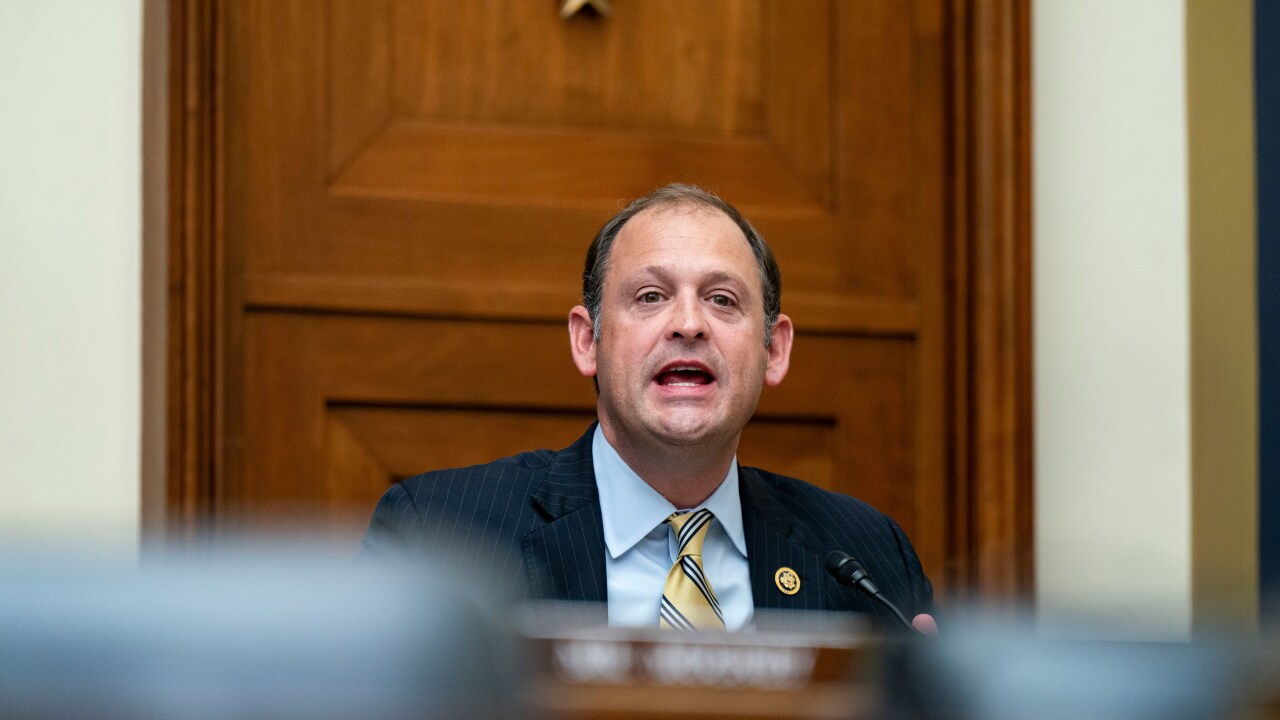
Sophisticated issuers and investors are finding new ways to navigate the complexities of the $4.3 trillion municipal bond market, which has been marked by mixed liquidity and recent bouts of volatility.
For the San Francisco Public Utilities Commission, the projects it finances are becoming larger and involve more entities, so its usual tools won't be as effective, said Nikolai Sklaroff, the capital finance director for the issuer, during a Tuesday panel at the Bond Buyer's Infrastructure conference in Boston.
Therefore, the issuer is increasingly looking at projects that may require different types of governance structures and financing tools, he noted.
The PUC is entering its next capital improvement plan cycle, and along with facing unknown challenges like the next COVID-type or climate risk event, one of the concerns is cost escalation, Sklaroff said.
Another panelist agreed with Sklaroff, noting that from the investor side, "the thing that kills most of the projects we look at is not having somebody who's thought about cost escalation and what's happening on the construction side of the world right now," said Andy Prindle, head of origination at Foundation Credit.
For example, projects that were started before COVID are now over budget, he said.
"If you don't have a deep pocket or a flexible capital source behind that to be able to cover the costs, those are the deals, especially in the project finance space, where we've experienced a lot of conservation problems going forward," Prindle said.
To combat this, it's important to have a sponsor behind the deal that understands those risks and has the balance sheet and the flexible capital available to bridge those unexpected costs.
Additionally, nuance needs to exist between buyers and sellers, as sometimes the seller is more incentivized to come to market, whereas the timeline does not necessarily align with a larger buyer pool, said Kim Olsan, senior fixed income portfolio manager at NewSquare Capital.
"We have certain periods in the year when the calendar plays into buyers' advantage, and sometimes it plays into the sellers' advantage," she said.
As for the deals themselves, sometimes market participants "miss the moment," as massive financing needs must be addressed, including basic infrastructure, according to Colin MacNaught, CEO and co-founder of BondLink.
"The big risk is that this market will not develop. There's a lot of demand from the private side, and I think there's an opportunity to invite private capital to fund some of these projects," he said.





